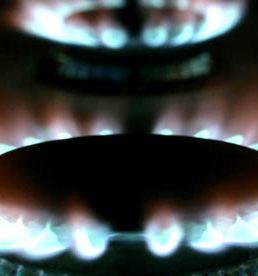ACCC reflects on gas shift
 The ACCC says gas prices have improved for customers, but may not last.
The ACCC says gas prices have improved for customers, but may not last.
The competition regulator has released its latest gas report, which shows that gas prices fell significantly during the past year, driven in part by the COVID-19 pandemic, but the prices are still higher than export parity.
The analysis shows that these lower prices may not last, and that the risk of a supply shortfall remains.
The east coast gas supply is expected to meet demand during 2021, but a shortfall of as much as 30 petajoules may arise by 2024 in the southern states, while the broader east coast gas market faces the risk of a shortfall in 2026.
“The fall in gas prices is very welcome news for major gas users who, like many other Australian businesses, have faced enormous challenges in responding to the COVID-19 pandemic,” ACCC Chair Rod Sims said.
“It is concerning that the risk of a gas supply shortfall in Australia’s southern states continues, despite this having been a looming issue for some time.
“There are new sources of supply and related infrastructure that could be brought online to avoid a potential shortfall. It is crucial that investment decisions are made now to ensure there’s enough supply, and to provide downward pressure on future price rises,” Mr Sims said.
The fall in gas prices has been in part driven by record low oil and LNG spot prices exacerbated by the COVID-19 pandemic.
The ACCC says price offers for supply in 2021 fell from $8-14/gigajoule during the second half of 2019 to $6-8/gigajoule by mid-2020.
While prices have moved somewhat closer to LNG netback levels, domestic customers are still paying more than export parity.
“We welcome the narrowing of the once-large gap between domestic and export parity prices, but despite some improvement domestic customers are still paying more than overseas customers,” Mr Sims said.
“LNG producers have not provided an adequate explanation as to why this is the case, or why we should accept it.”







 Print
Print